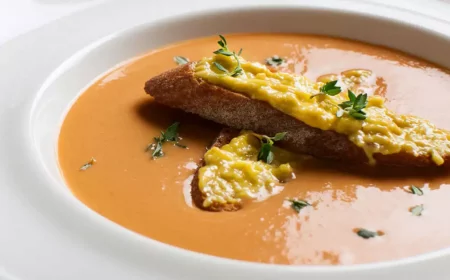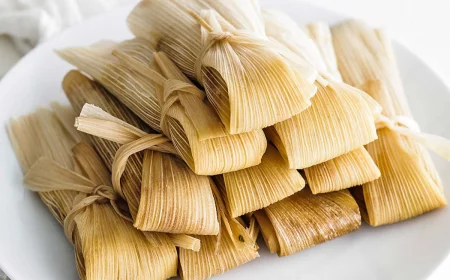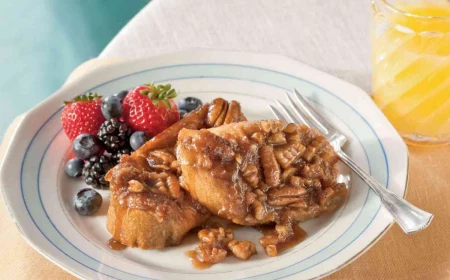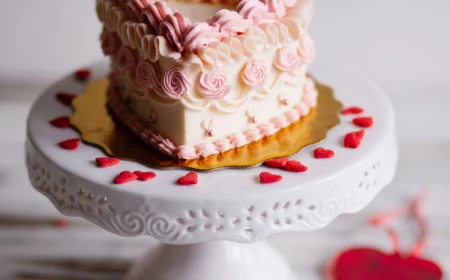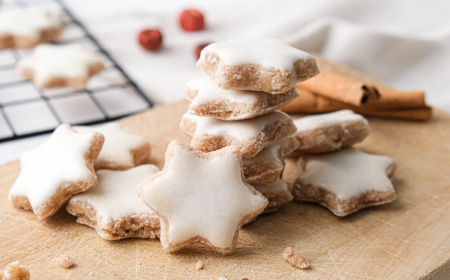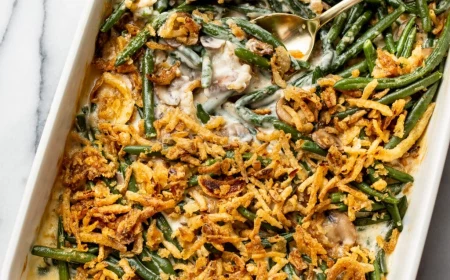Stop Making Bad Spritzes: A Bartender’s Guide to Amazing Prosecco Cocktails
After more than a decade slinging drinks behind professional bars, I’ve probably popped thousands of bottles of sparkling wine. I’ve seen Prosecco evolve from just a simple celebratory pour into the absolute backbone of some of the most popular cocktails out there. And honestly, there’s a real art to using it correctly.
In this article
It’s so much more than just topping up a glass with something fizzy. The best Prosecco cocktails are all about balance. They should be bright, refreshing, and actually respect the wine itself. So many people just grab the cheapest bottle they see and then wonder why their drinks fall flat or taste sickly sweet. This is the guide I wish I could give to every home bartender. It’s what I teach the new pros. We’re not just memorizing recipes here; we’re going to get into the fundamentals so you can build incredible drinks every single time.
First Things First: Let’s Actually Understand Prosecco
Before you even think about mixing, you have to know your star ingredient. Prosecco is a protected Italian sparkling wine, and what makes it special is the grape it comes from. This grape gives it those signature crisp notes of green apple, juicy pear, and a hint of white flowers. It’s super fresh and fruity for a reason.
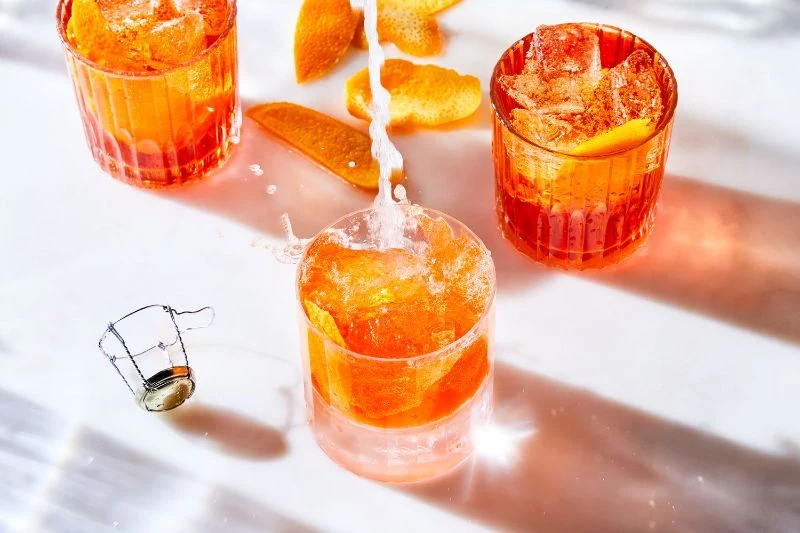
Unlike other famous sparkling wines that get their bubbles from a second fermentation inside the bottle (which creates yeasty, bready flavors), Prosecco gets its fizz in big, pressurized steel tanks. This method is way faster and it’s designed to preserve that zesty, fruity character. It’s why Prosecco is so lively and bright—perfect for cocktails.
How to Read the Label Like a Pro
Staring at a wall of Prosecco can be a little intimidating, but the labels have all the clues you need to pick a winner. A little bit of knowledge here goes a long, long way.
The Quality Stamp: DOC vs. DOCG
You’ll spot either DOC or DOCG on the bottle’s neck. Think of it as Italy’s quality guarantee.
- Prosecco DOC: This is your reliable, everyday workhorse. It comes from a large, designated area and is fantastic for spritzes and most cocktails. It’s consistent, and the price is right.
- Prosecco Superiore DOCG: This is a definite step up. That extra ‘G’ means ‘guaranteed.’ This wine is from the classic, hilly regions where grapes are often hand-harvested from steep slopes. The result is a wine with more complex flavors and finer, more elegant bubbles. You can use it in a cocktail, but honestly, it’s often so good it’s best enjoyed by itself.
So, what should you actually buy? For almost any cocktail, a quality Prosecco DOC is what you want. You don’t need to break the bank. Look for widely available and trusted brands like La Marca, Mionetto, or Zonin. The sweet spot for a great cocktail Prosecco is usually in the $12 to $18 range.
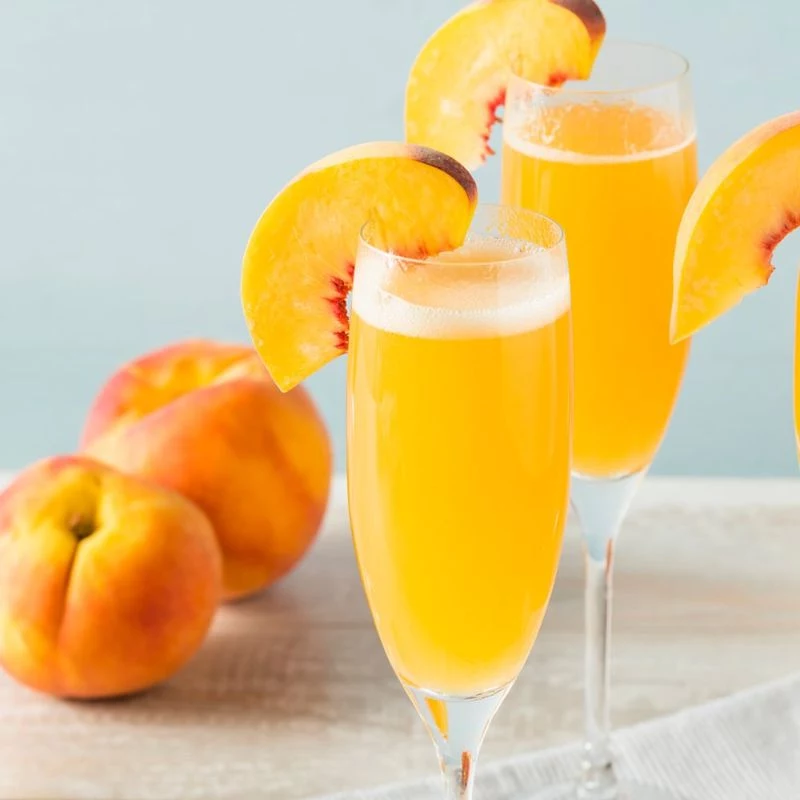
The Sweetness Code (This Is CRUCIAL)
Okay, pay attention, because this is the most common mistake people make. The sweetness levels on Prosecco labels are famously confusing. ‘Extra Dry’ sounds like it would be the driest, right? Wrong. It’s actually sweeter than ‘Brut’.
Here’s the simple breakdown, from driest to sweetest:
- Brut: This contains 0-12 grams of sugar per liter. It’s the driest style you can get, and it should be your number one choice for cocktails. Its crisp acidity is perfect for cutting through sweet liqueurs or fruit purees, creating that perfect, refreshing balance.
- Extra Dry: This has 12-17 grams of sugar per liter. It’s the most common style on shelves and has a noticeable touch of sweetness. It’s pleasant on its own, but you have to be careful. If you mix an Extra Dry Prosecco with a sweet liqueur like St-Germain, your drink can easily become cloying.
- Dry: With 17-32 grams of sugar per liter, this style is quite sweet. It’s best served with dessert or for those who just prefer a sweeter bubbly. I almost never use this in cocktails.
Quick Tip for Instantly Better Cocktails: If you only take one thing away from this guide, let it be this. The single fastest way to improve your spritz is to switch from ‘Extra Dry’ to ‘Brut’ Prosecco. It’s the insider’s secret to achieving that perfectly balanced, crisp flavor instead of a sugary one. Try it once and you’ll immediately taste the difference.
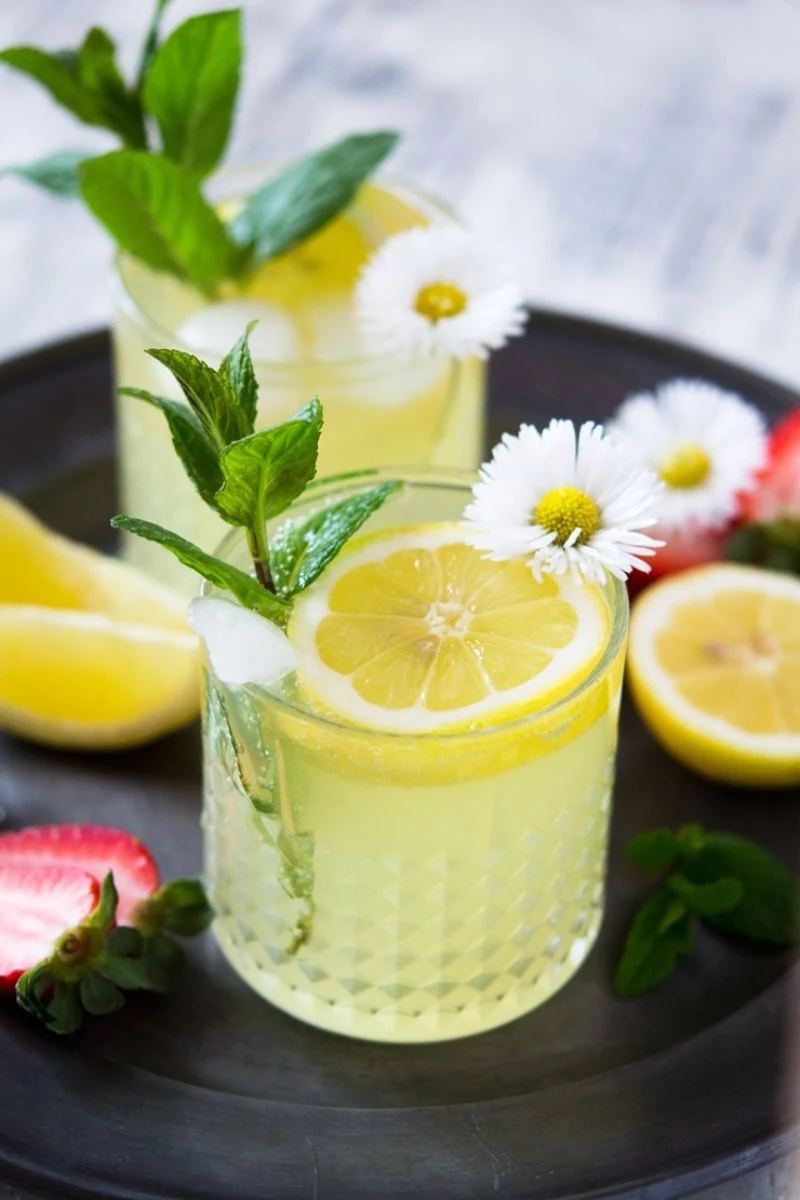
How to Handle Your Bubbly
How you treat the bottle before you even open it makes a huge difference. Getting the temperature and technique right is everything for keeping those bubbles you paid for.
Get the Temperature Just Right
Prosecco is at its best when served well-chilled, ideally between 43-46°F (that’s about 6-8°C). Your kitchen fridge is a great start, as it’s usually around 40°F (4°C). I like to pull the bottle out about 15 minutes before I plan to open it.
Why is this so important? If it’s too warm, the carbonation will escape in a rush of foam the second you open it, leaving you with flat, sad wine. Too cold, and you won’t be able to taste all those lovely fruit and floral notes—they’ll be completely muted.
By the way, the fastest way to chill a bottle is an ice bucket. Just fill it halfway with ice, then add cold water to cover the ice. The water provides full contact with the glass and will chill your bottle down perfectly in about 20 minutes.
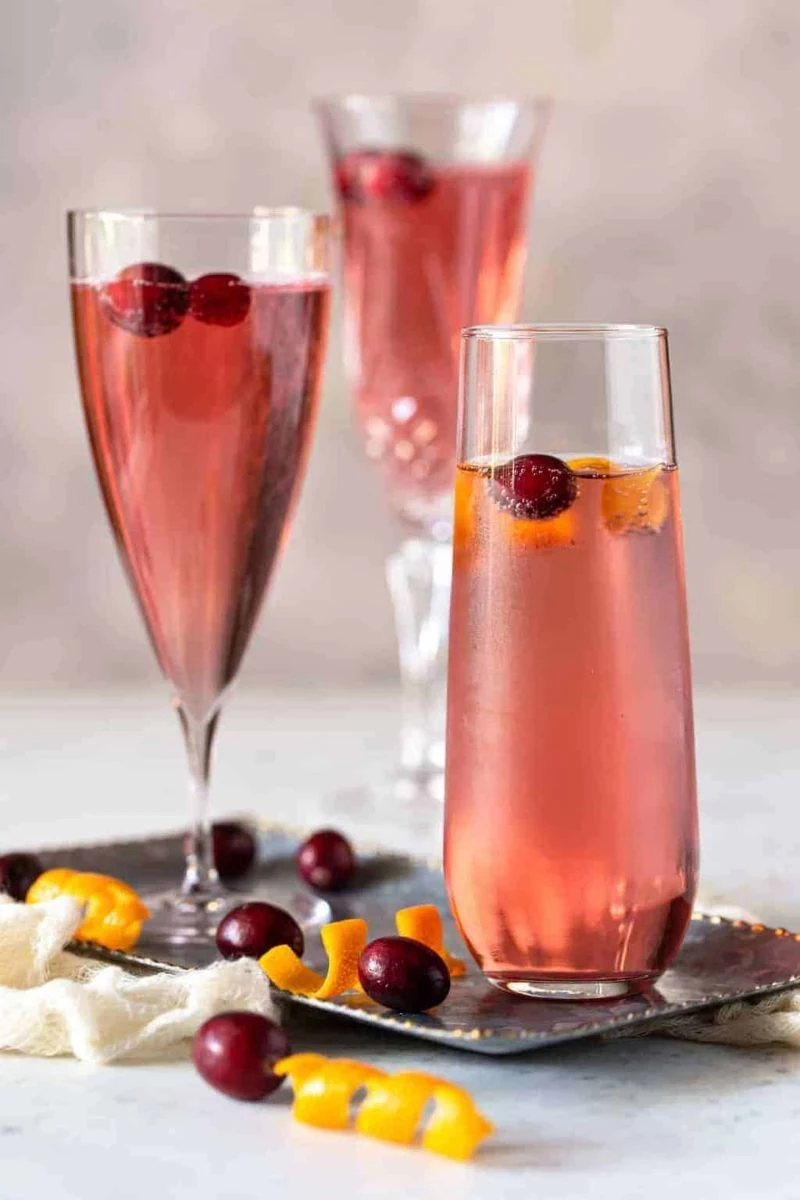
Opening the Bottle: Aim for a Hiss, Not a Pop
That loud, celebratory ‘POP!’ you see in movies is a huge no-no for pros. It’s not just for show; it actually wastes bubbles and can be a safety hazard. The goal is a gentle, controlled hiss.
- Once you remove the foil, place your thumb firmly over the top of the cork and keep it there.
- Tilt the bottle at a 45-degree angle. This increases the wine’s surface area inside, which helps prevent it from foaming over.
- Now, here’s the trick: hold the cork steady with one hand and use your other hand to twist the bottle itself. You have so much more control this way.
- As you feel the pressure push the cork out, just resist it slightly, letting the gas escape slowly with a satisfying ‘psst’.
Core Cocktail Techniques
You almost never, ever shake a drink with Prosecco. It would just kill the carbonation and make a huge mess. Instead, we build our cocktails right in the glass.
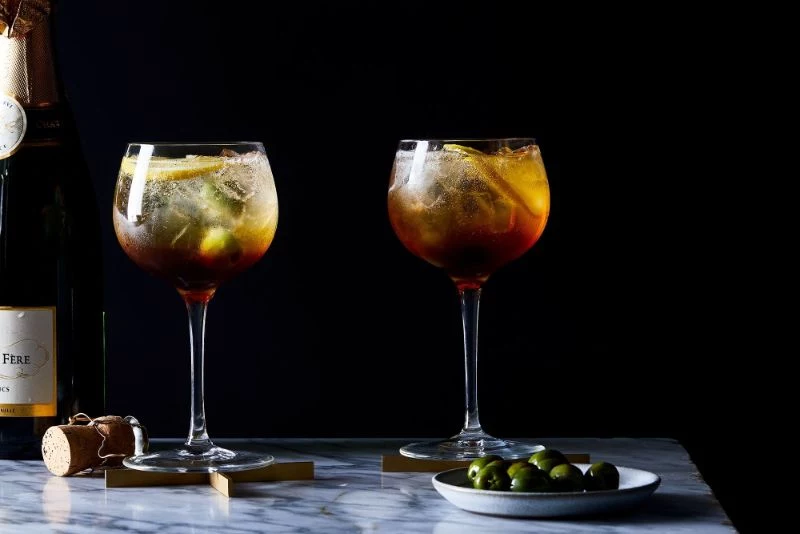
The typical order goes like this: start with ice to chill the glass, then add your spirits and liqueurs. Gently pour the Prosecco over them, tilting the glass to save the fizz. If you’re adding a splash of soda, do that next, and finish with your garnish. A quick, gentle stir is all you need.
A Quick Word on Syrups
Making your own simple syrup is a game-changer. It’s ridiculously easy and so much better than the store-bought stuff. Just combine one part sugar and one part hot water and stir until it’s dissolved. Let it cool, and you’re done. For something richer, use two parts sugar to one part water. Trust me, it makes a world of difference.
The Classics, Done Right
Let’s put this all into practice with a few essential recipes.
1. The Perfect Aperol Spritz
Everyone knows this drink, but it’s so often made poorly. The secret is the classic 3-2-1 ratio: 3 parts Prosecco, 2 parts Aperol, and 1 part soda water. This ensures it’s refreshing, not syrupy.
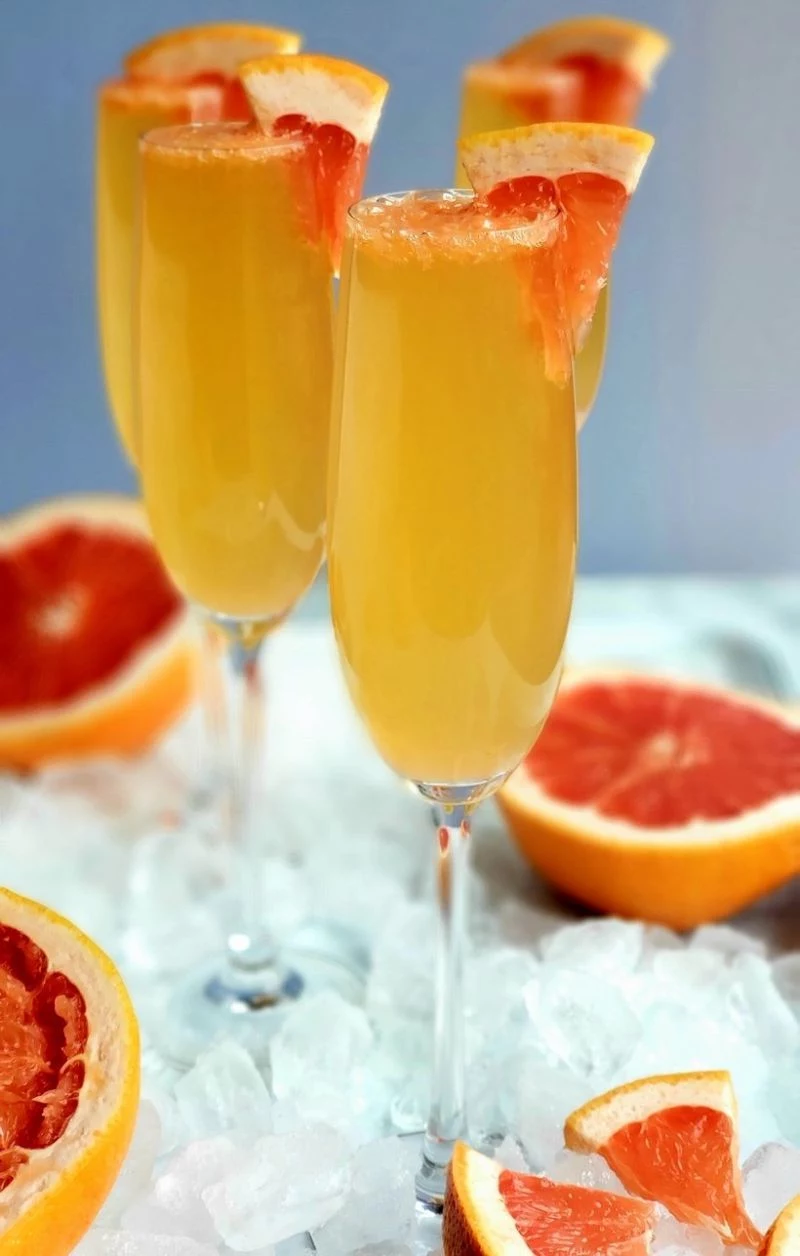
- 3 oz Brut Prosecco
- 2 oz Aperol
- 1 oz chilled soda water
- Garnish: A nice, thick orange slice
Fill a large wine glass with lots of ice. Pour in the Prosecco first, then the Aperol, and top with soda water. This order helps it mix naturally. Give it one gentle stir and drop in your orange slice. The dry Prosecco perfectly balances the bittersweet Aperol, and the soda water lightens the whole thing up.
2. The Authentic Bellini
A true, traditional Bellini is a thing of beauty and simplicity. It’s made with white peach puree—never that canned yellow peach nectar!
- 2 oz chilled white peach puree
- 4 oz well-chilled Brut Prosecco
Let’s be real, finding perfect white peaches year-round is a challenge. If you can’t find them fresh, look for frozen white peach puree, often available at specialty food stores or online. It’s a fantastic backup and way better than using sugary nectars from the supermarket. To make your own, just peel, pit, and blend ripe white peaches until smooth, then strain for a silky texture.
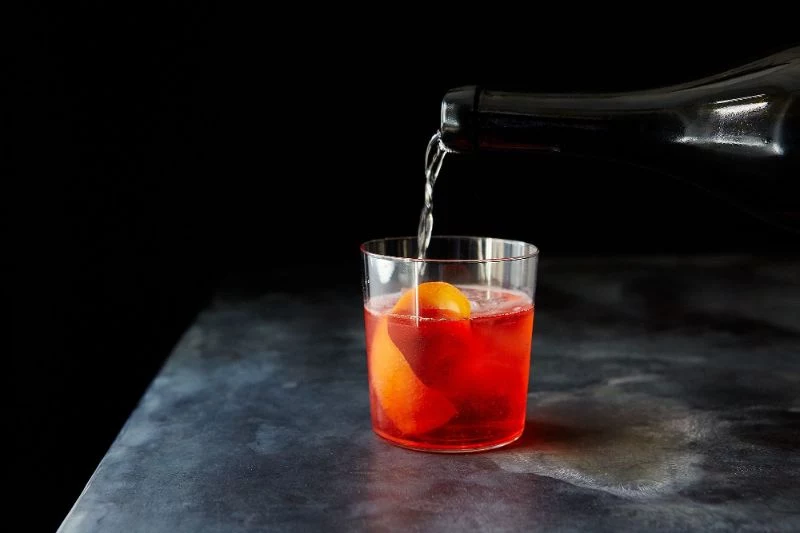
To build, pour the chilled puree into a flute or tulip glass and slowly top with the Prosecco. Stir ever so gently. It shouldn’t have a garnish; its pale, pink-orange blush is beautiful on its own.
3. The Negroni Sbagliato (The ‘Mistaken’ Negroni)
Legend has it this cocktail was born when a busy bartender in Italy accidentally reached for Prosecco instead of gin while making a Negroni. A very happy accident indeed!
- 1 oz Campari
- 1 oz Sweet Vermouth
- 3 oz Brut Prosecco
- Garnish: Orange peel or slice
Now, a quick note on the vermouth. This is where it pays to spend a little extra. Cheaper vermouths can be overly sweet and taste a bit flat. A bottle of something like Cocchi di Torino (around $20-$25) or Carpano Antica ($30-$35) has incredible herbal and vanilla notes that will completely elevate the drink. Since it makes up a third of the base, it’s an investment that pays off big time.
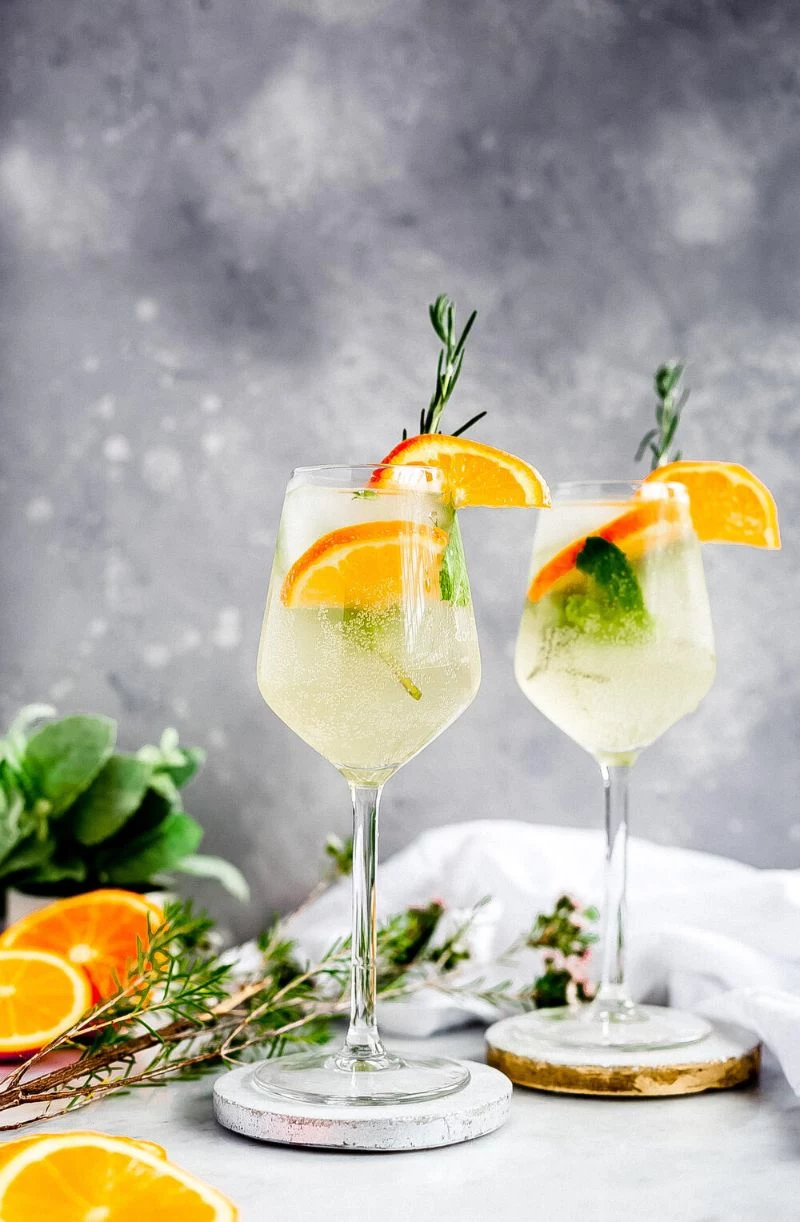
Build this one in a rocks glass with ice. Add the Campari and sweet vermouth, stir briefly, and then top with the Prosecco. Garnish with an orange slice.
4. The Hugo Spritz
If you find the Aperol Spritz a bit too bitter, the Hugo is your new best friend. It’s light, floral, and incredibly refreshing.
- 4 oz Brut Prosecco
- 1 oz Elderflower Liqueur (like St-Germain)
- 1 oz soda water
- Fresh mint leaves and a lime wedge
Gently press a few mint leaves in the bottom of a large wine glass to release their oils. Fill the glass with ice, add the elderflower liqueur and Prosecco, and top with soda. Give it a gentle stir to lift the mint and garnish with more mint and a lime wedge. It’s just elegant.
Troubleshooting and Pro Tips
- My drink is too sweet! You almost certainly used an ‘Extra Dry’ Prosecco. Switch to Brut next time. For a quick fix, add a small squeeze of fresh lemon or lime juice to cut the sugar.
- My cocktail is flat. Your Prosecco was probably too warm, or you stirred it too much. Make sure everything is ice-cold, and be gentle!
- What about the leftover Prosecco? We’ve all been there. Don’t just stick the bottle back in the fridge and hope for the best. Invest in a proper sparkling wine stopper. They’re cheap (usually $5-$10) and clamp down to hold the pressure. It’ll keep your Prosecco bubbly enough for more cocktails for another day or two.
Making these drinks for a party? Don’t try to make them one by one. Mix all your non-carbonated ingredients (spirits, liqueurs, juices) in a big pitcher and chill it in the fridge. When you’re ready to serve, just pour a serving of your pre-mix into an ice-filled glass and top it with fresh, cold Prosecco. Perfect, bubbly drinks every time, with zero stress.
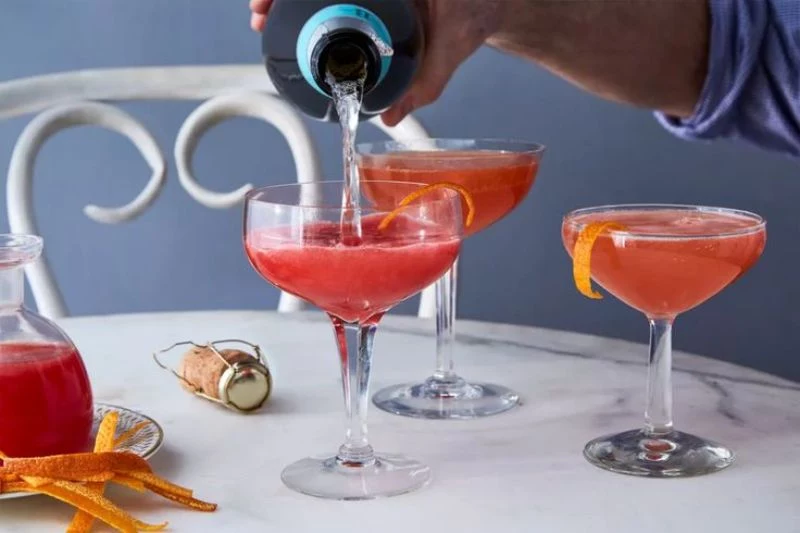
So there you have it. The world of Prosecco cocktails is yours to explore. Armed with a little knowledge and a few key techniques, you’re ready to create some truly fantastic drinks. Cheers!
Inspirational Gallery
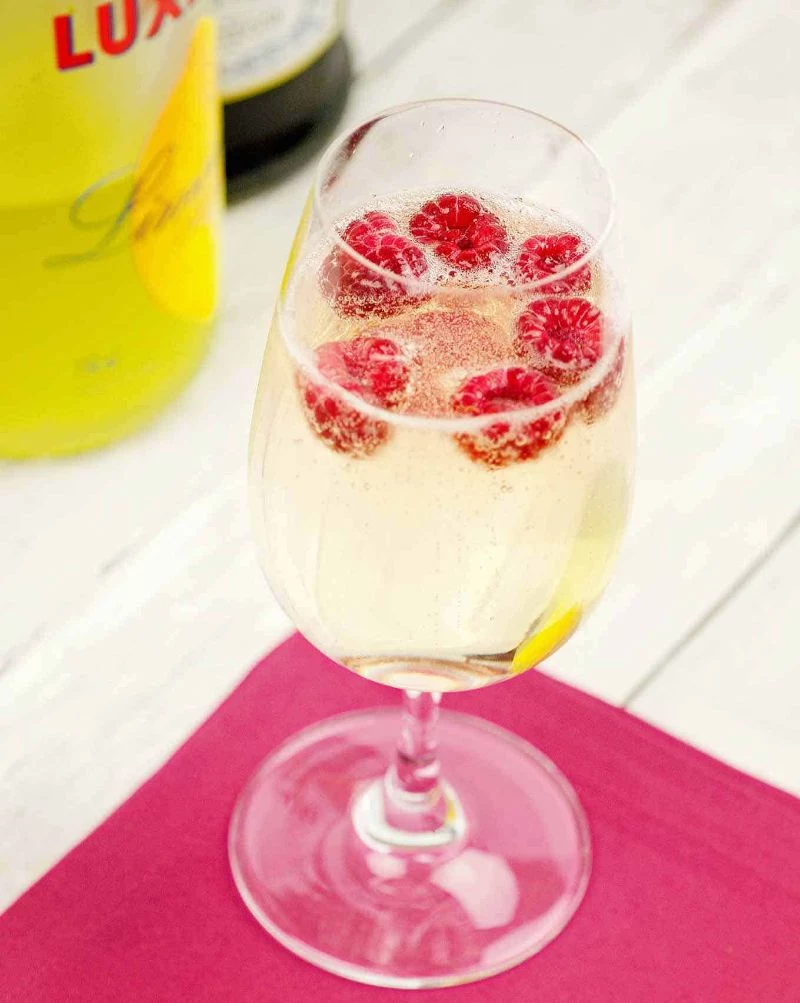
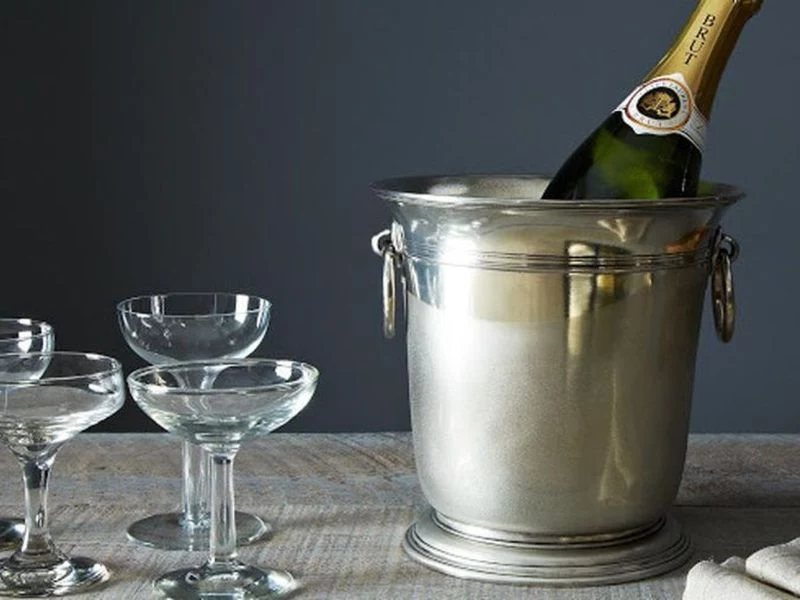
The right glass makes all the difference. While flutes are great for showing off bubbles in pure Prosecco, they’re terrible for spritzes. All those beautiful aromas get trapped. For any Prosecco cocktail with multiple ingredients, opt for a large, rounded wine glass. It allows the scents of the citrus, herbs, and wine to mingle and meet your nose, dramatically enhancing the taste.
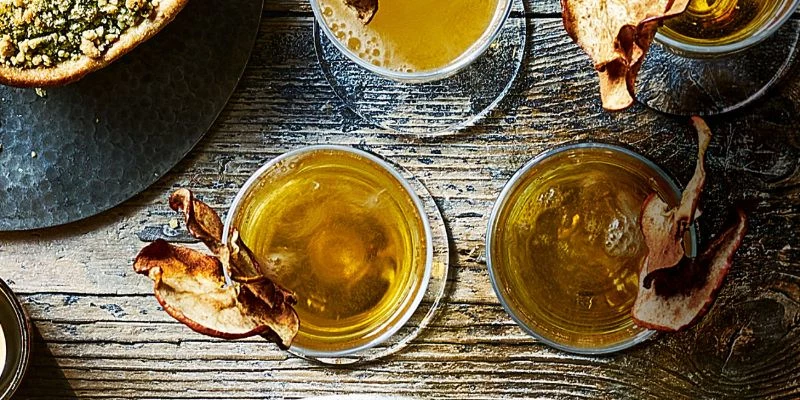
The original Bellini, created at Harry’s Bar in Venice, was made with Prosecco and fresh white peach purée—nothing else.
This classic reminds us that simplicity is often key. When your core ingredients are high quality, you don’t need to overcomplicate things. Try making your own fresh fruit purée (peach, strawberry, or raspberry) for an authentic, vibrant cocktail that truly honors the wine.
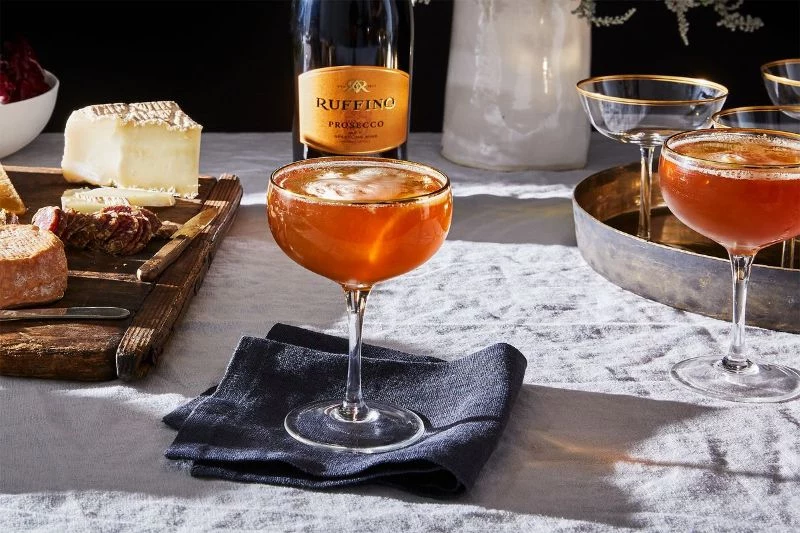
- A crisp, cold glass that frosts at your touch.
- The satisfying hiss as the Prosecco is poured.
- The aroma of fresh orange peel and botanicals rising with the bubbles.
The secret to this multi-sensory experience? Temperature. Ensure not just your Prosecco but also your aperitif and even your glass are thoroughly chilled. A room-temperature ingredient can dull the sparkle and kill the vibe instantly.
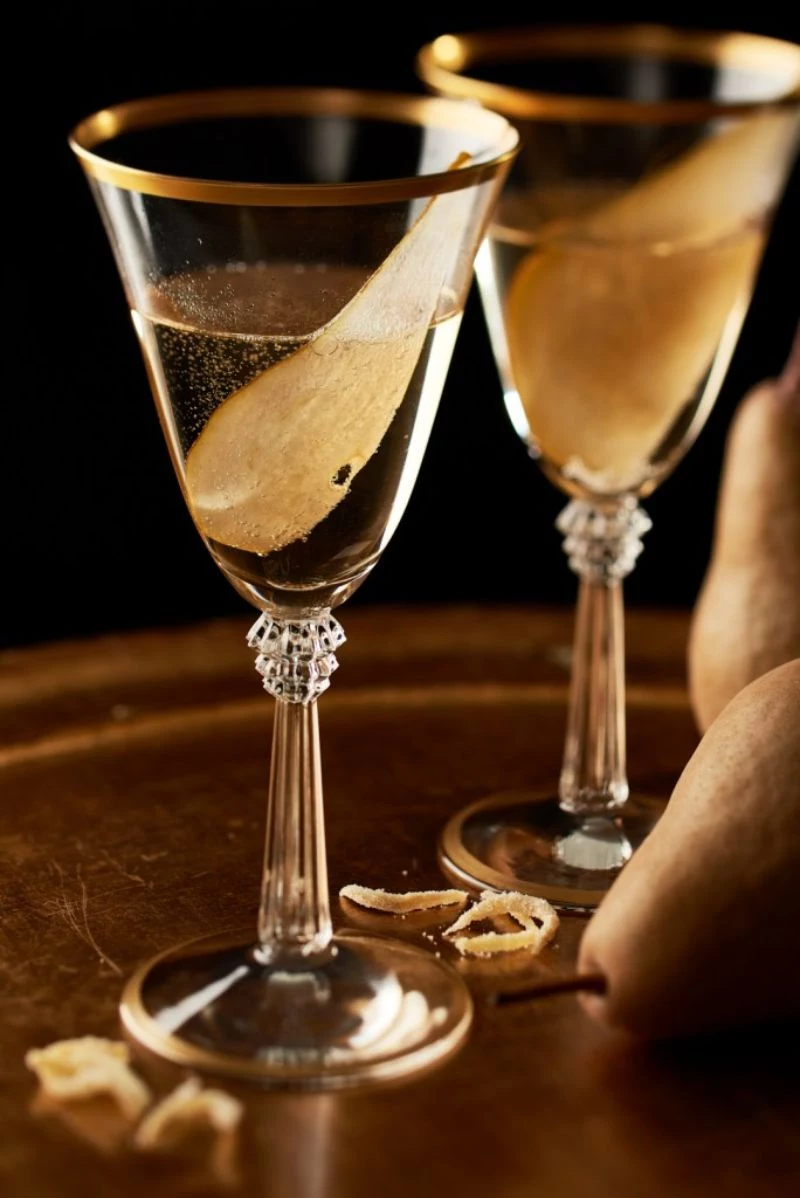
How do you keep leftover Prosecco bubbly?
Forget the old wives’ tale about a silver spoon in the bottle’s neck; it does absolutely nothing. The only effective way to preserve the carbonation is with a proper Champagne stopper. Look for one with a hinged, clamp-down design, like the popular models from Cuisinart or Le Creuset. They create an airtight seal that can keep your fizz fresh for at least another day or two.
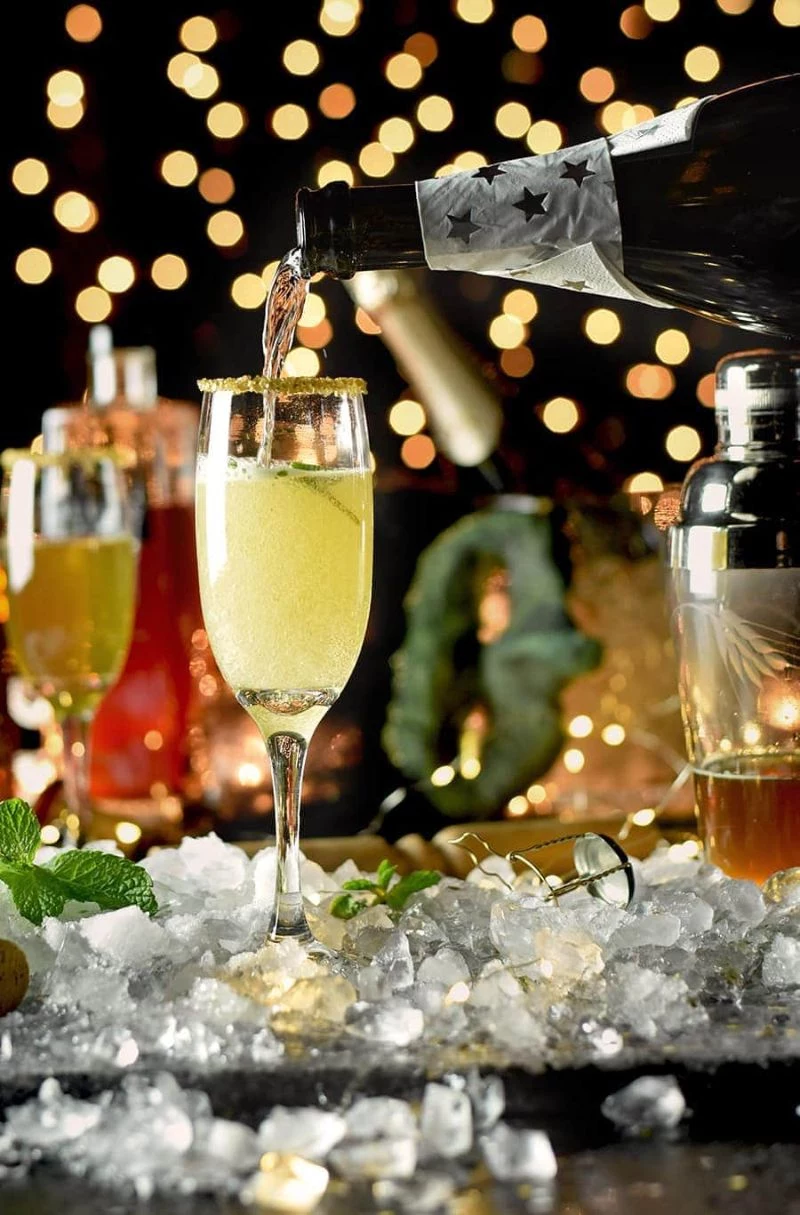
Move beyond the basic orange slice and elevate your garnish game. A great garnish adds aroma and visual appeal, signaling the drink’s flavor profile before the first sip.
- For a Hugo Spritz: A fresh mint sprig and a thin lime wheel.
- For a floral cocktail: A single, beautiful edible flower or a twist of lemon peel.
- For a wintery drink: A sprig of rosemary and a few cranberries.
- For a modern look: A dehydrated orange or grapefruit wheel.
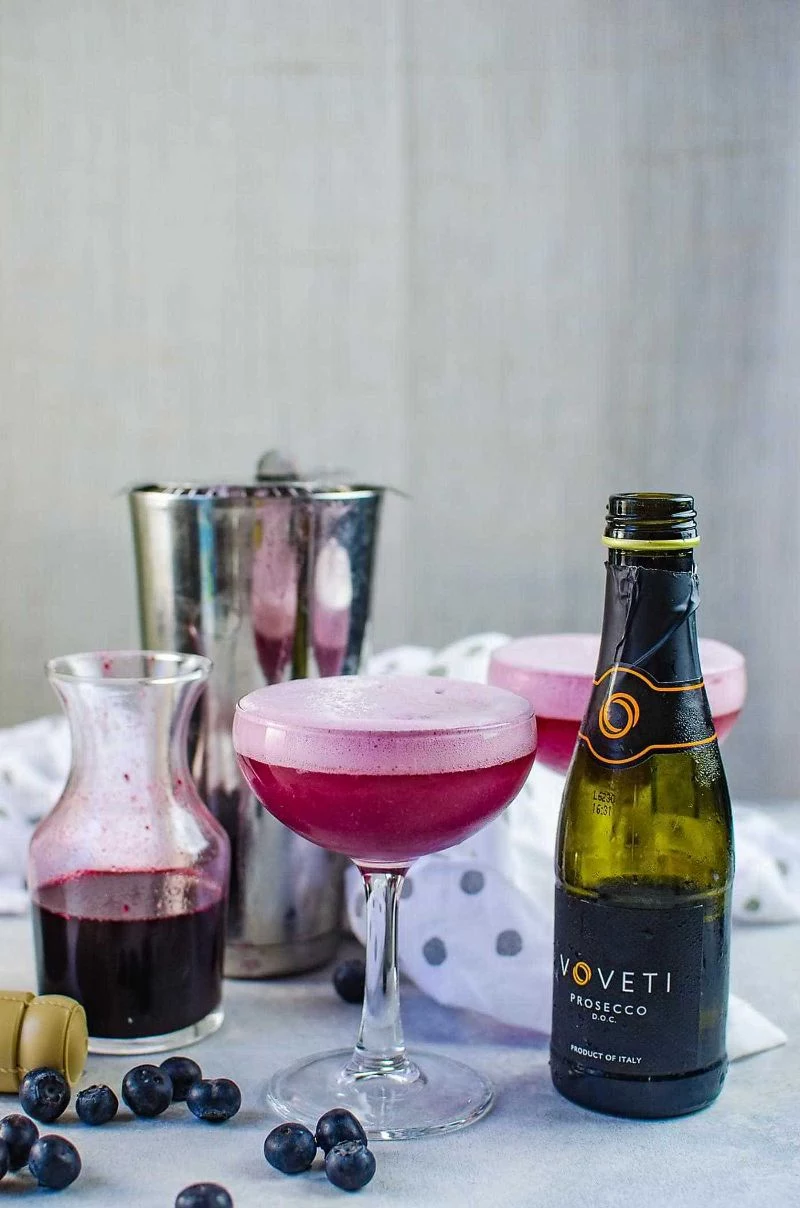
Don’t drown the Prosecco! A common mistake is pouring the sparkling wine too quickly or straight into the middle of the glass, causing it to foam up and lose carbonation. The professional technique is to tilt the glass and pour the Prosecco slowly down the side. This preserves the bubbles and gently integrates it with the other ingredients rather than aggressively mixing them.
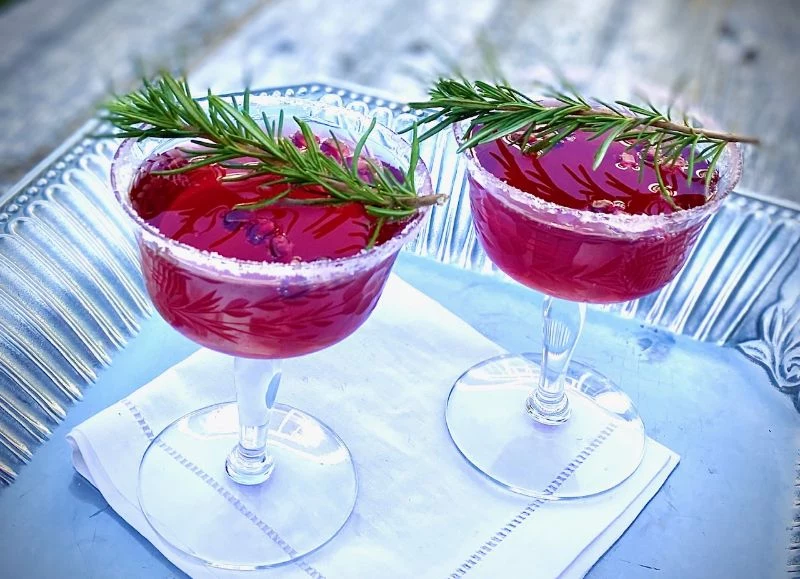
About 1 in 4 spritzes served are now made with a non-alcoholic sparkling alternative.
The low- and no-alcohol trend is booming, and the quality has skyrocketed. For a fantastic non-alcoholic Spritz, look for brands like Lyre’s Italian Spritz and pair it with their Classico Grande or a high-quality sparkling alternative like Noughty Alcohol-Free Sparkling Chardonnay. You get all the complexity and refreshment without the booze.
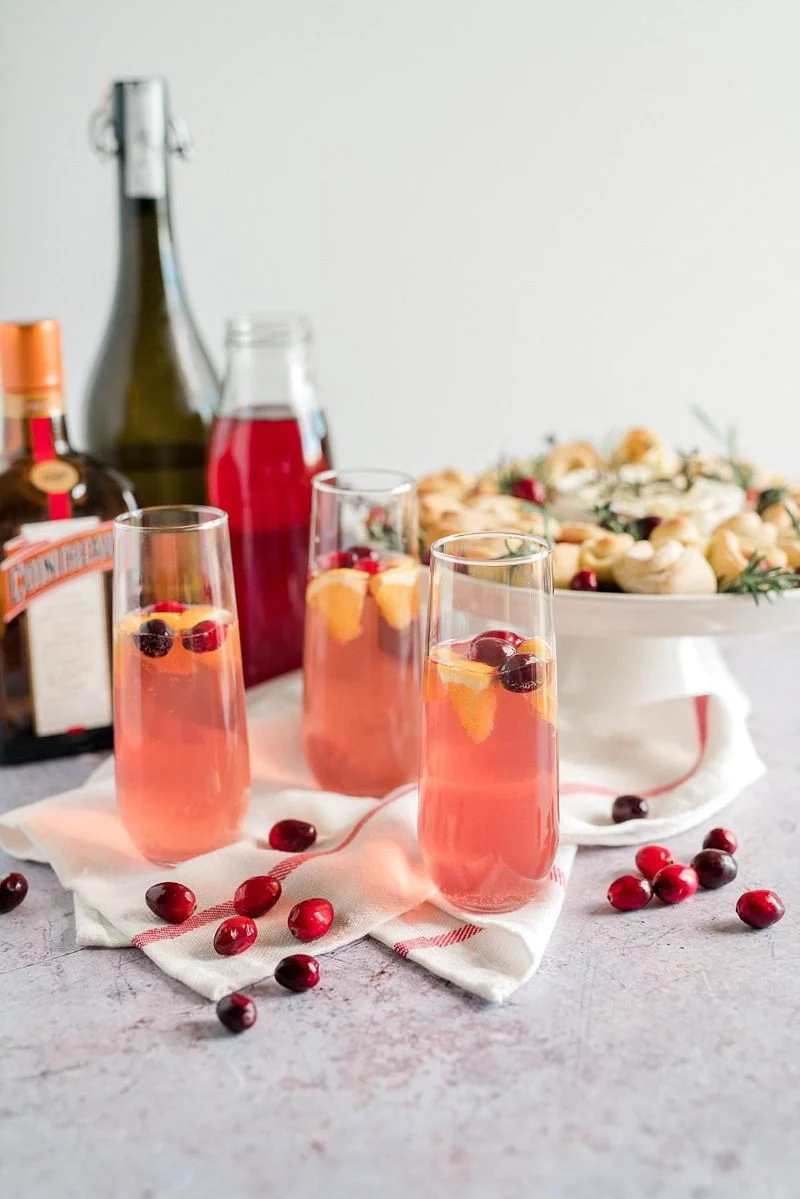
St-Germain: A French elderflower liqueur that is sweet, delicate, and highly floral. It creates a light, spring-like cocktail, famously the Hugo Spritz. Use it when you want a fragrant, elegant, and less bitter drink.
Italicus Rosolio di Bergamotto: An Italian aperitivo with bright, zesty notes of bergamot citrus balanced by gentle botanicals. It’s more complex and slightly less sweet than St-Germain, offering a sophisticated, aromatic alternative to Aperol.
For a truly modern spritz, Italicus is a bartender’s favorite.
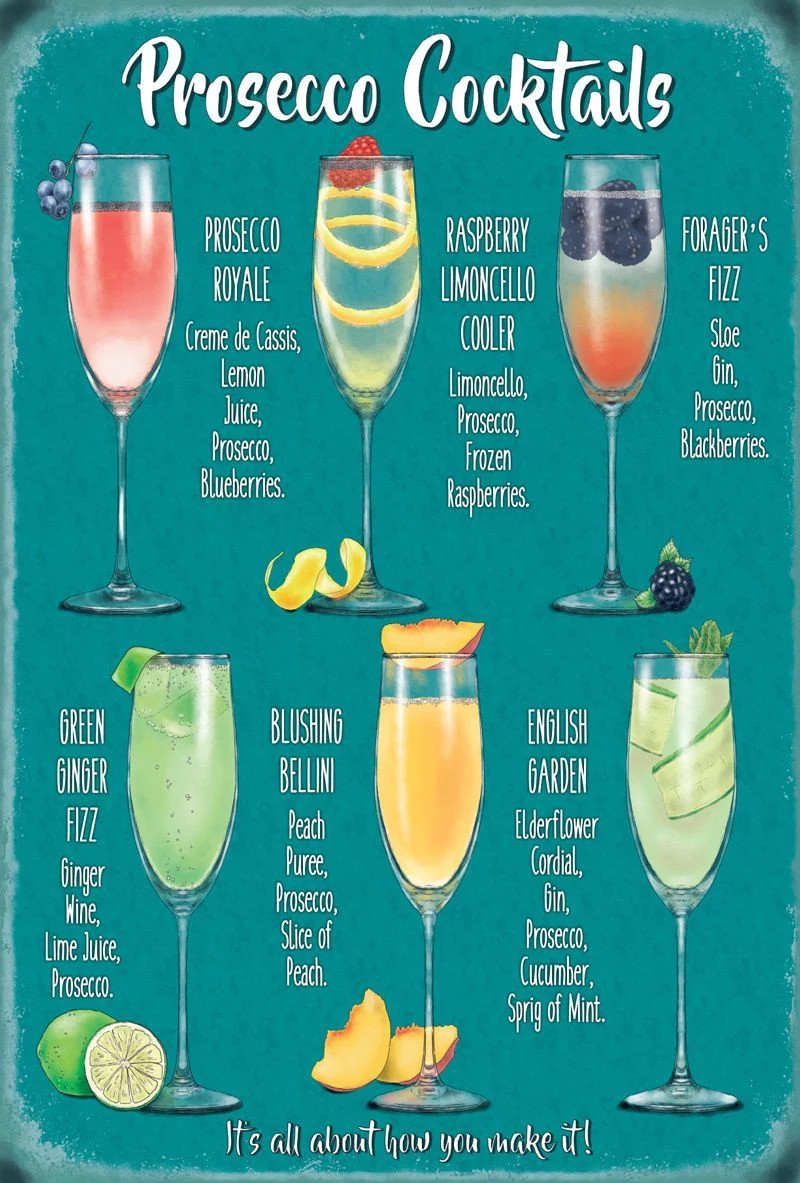
When you need a reliable, affordable Prosecco that consistently delivers the bright, fruity notes perfect for mixing, it’s hard to beat Mionetto Prosecco Brut DOC. It’s a go-to for a reason: it has a crisp acidity and lively bubbles that stand up well in cocktails without overpowering other ingredients. It’s the dependable workhorse you’ll find in many professional bars.
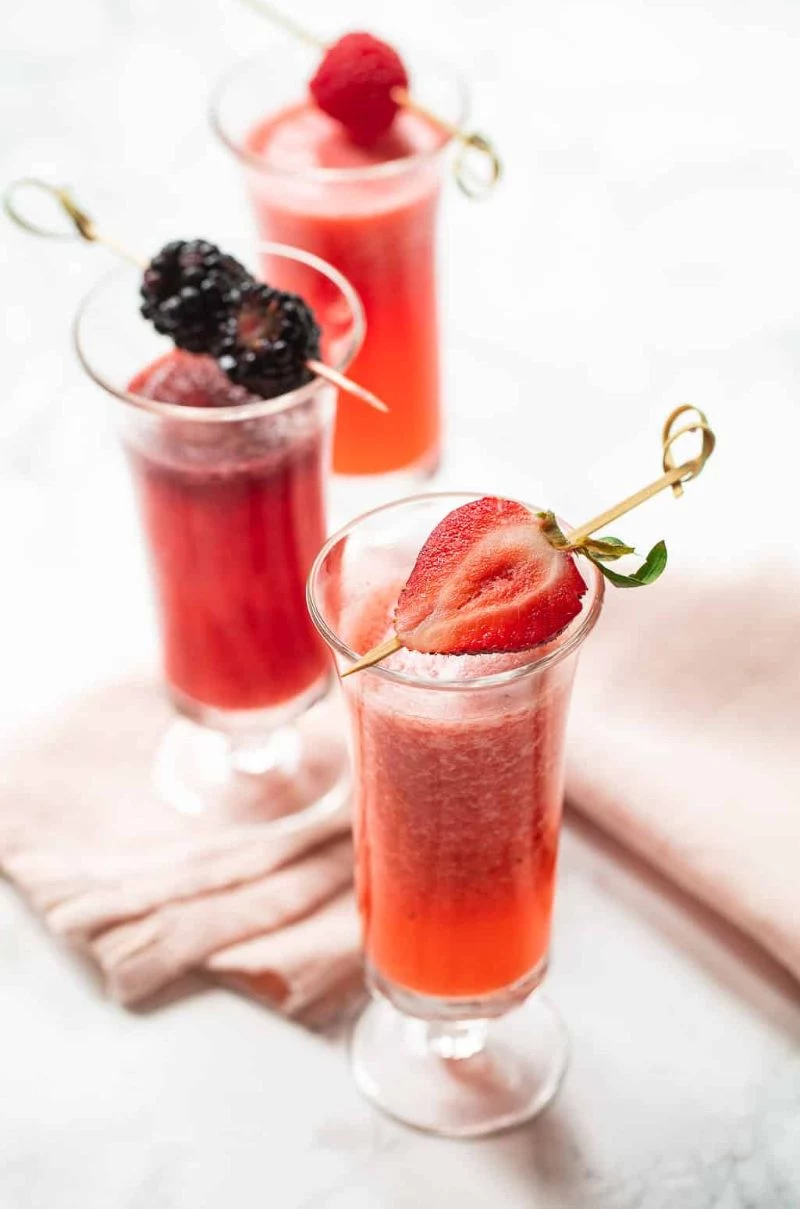
Looking for a creamy, decadent Prosecco dessert-cocktail?
Discover the Sgroppino. Hailing from Venice, this is a beautifully simple and refreshing mix of lemon sorbet, a splash of vodka, and chilled Prosecco, all whisked together into a frothy, slushy delight. It’s served in a flute and acts as the perfect palate cleanser or light dessert after a meal.
The ‘Brut’ on a Prosecco label indicates the wine’s sweetness level, and it’s often drier than ‘Extra Dry’.

